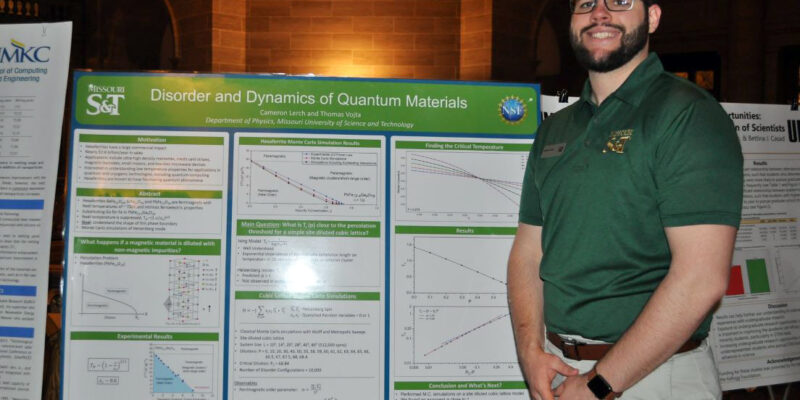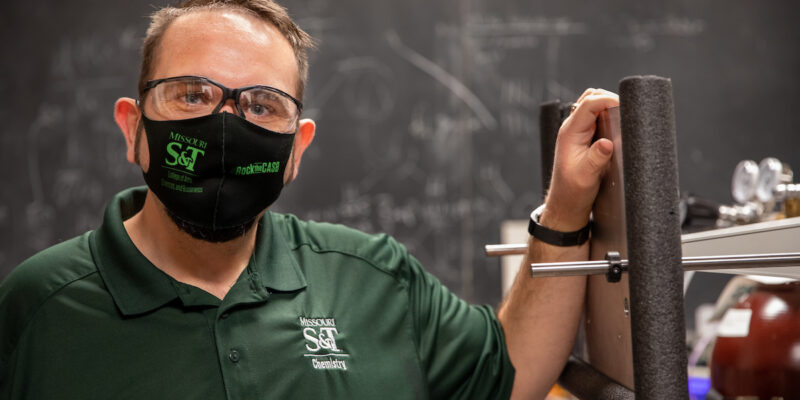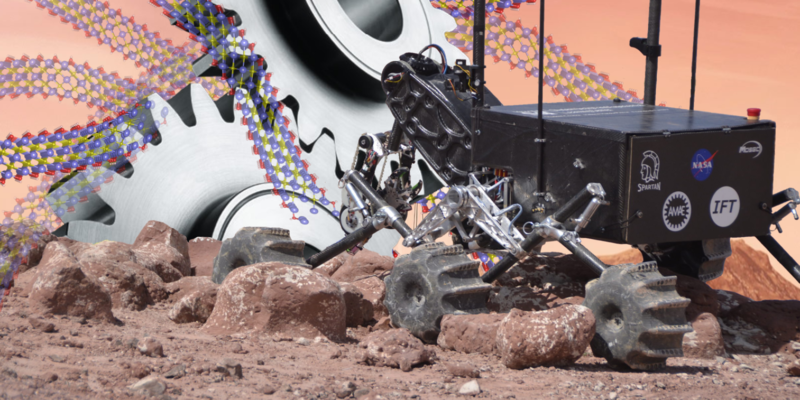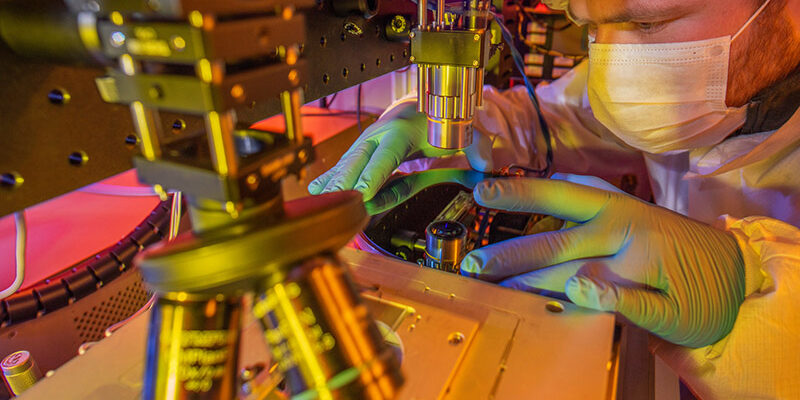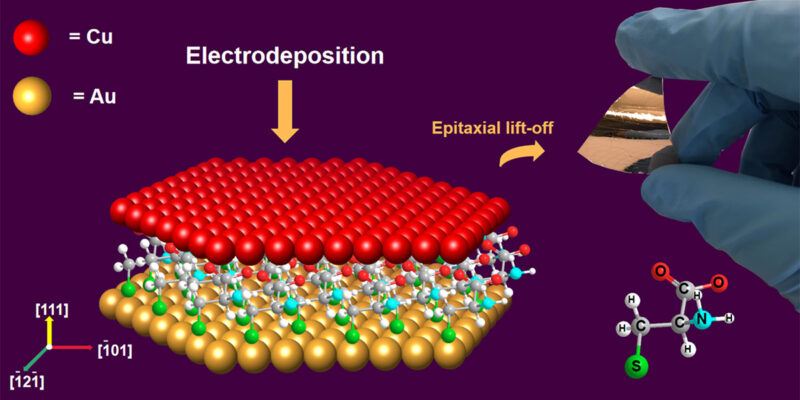Department of Chemistry
Missouri S&T undergraduates to exhibit research to state legislators virtually
Undergraduate students from Missouri S&T will exhibit their latest research projects virtually for the state’s top legislators throughout the week of April 12.
Read More »Newly discovered material may ease wear and tear on extraterrestrial vehicles
As NASA’s Mars Perseverance Rover continues to explore the surface of Mars, scientists on Earth have developed a new nanoscale metal carbide that could act as a “superlubricant” to reduce wear and tear on future rovers. Researchers in Missouri S&T’s chemistry department and Argonne National Laboratory’s Center for Nanoscale Materials, working with a class of […]
Read More »Biomedical engineers develop ‘smart’ sensor bandages
In a time of COVID-19 restrictions and minimal travel, many people are turning to virtual doctor appointments and consultations as a safer alternative to in-person doctor visits. Researchers at Missouri S&T are working to make this new wave of telemedicine more successful by creating an oxygen-sensing patch printed on a flexible, disposable bandage that can interact with a smartphone. This smart bandage could enable remote monitoring for the early detection of illnesses such as pressure ulcers, allowing for immediate treatment or intervention.
Read More »Georgia Tech leader Dr. Colin Potts named Missouri S&T’s new provost
Dr. Colin Potts, vice provost for undergraduate education and professor of interactive computing at Georgia Institute of Technology, will become provost and executive vice chancellor for academic affairs at Missouri S&T effective June 1. “Dr. Potts is a dynamic and effective leader who brings an exceptional record of academic and administrative experience to S&T,” says […]
Read More »Entrepreneurial STEM students wanted for new Ph.D. program
Powered by a $300 million gift to strengthen entrepreneurship and innovation in the STEM fields, Missouri University of Science and Technology has established a new Ph.D. fellowship program for innovation-minded students interested in pursuing a doctoral degree in science, technology, engineering or mathematics. The new Kummer Innovation and Entrepreneurship (I&E) Doctoral Fellows Program provides 12-month […]
Read More »20 significant research stories of 2020
There’s a lot about 2020 that many of us would rather forget. Despite the challenges resulting from the coronavirus pandemic, Missouri S&T researchers advanced the frontiers of technical, scientific and scholarly discovery in many ways in 2020. Here are 20 examples. Combating COVID-19 The global pandemic led researchers everywhere to seek ways to detect the […]
Read More »Researchers use amino acids to grow high-performance copper thin films
For the first time, researchers from Missouri University of Science and Technology have shown that highly ordered copper thin films can be crystallized directly on a one molecule-thick layer of organic material rather than on the inorganic substrates that have been used for years.
Read More »19 S&T faculty receive tenure, promotions
Nineteen faculty members at Missouri University of Science and Technology received promotions and/or tenure effective Sept. 1. Those faculty members are:
Read More »Missouri S&T lab courses are “virtually” hands-on
Automation engineering lab in electrical and computer engineering As students return to campus at Missouri S&T, many will be in hybrid courses that blend in-person and online education, and some may still be strictly online due to continuing social distance requirements. The move to online courses in the spring to protect students and faculty from […]
Read More »